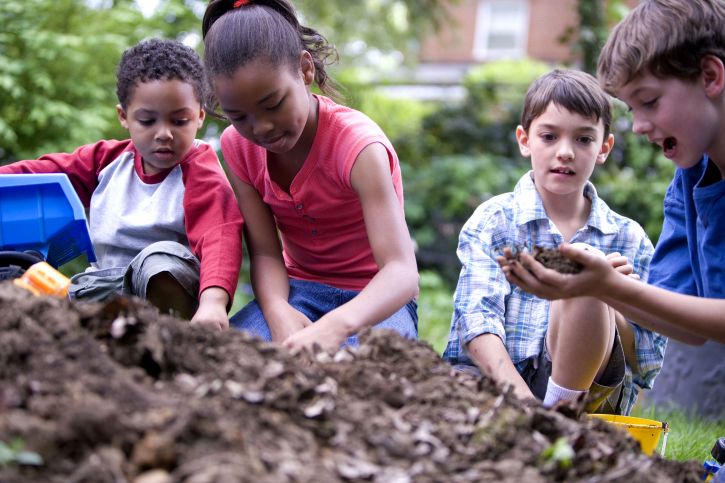Research reveals that more than 1 young child is killed per day in South Africa
South Africa | New estimates by the South African Medical Research Council (SAMRC) suggest that homicide contributes to more than 1% of neonatal deaths in South Africa.
“This statistic highlights the importance of child protection and the need for cross-sector services to support vulnerable mothers, says Deputy Director of the SAMRC’s Gender and Health Research Unit Professor Naeemah Abrahams.
The research, which studied medical and legal data from a random sample of urban and rural settings across the country in 2009, showed 454 children under the age of 5 years were estimated to have been killed. Nearly two third of the children murdered were infants under 1 year and more than half of the deaths were neonates aged 0 – 6 days old, with abandonment being the most common method of homicide in this latter age group.
Violence is a common feature of the South African social landscape and the murder of children is the most severe form of violence against children. The demographic detail of the child, the perpetrator information (if available) and the motive of the killings was collected from mortuaries and police detectives. This study focused on children under the age of five years as this group, according to the study, represents the second largest group of children killed.
The study estimated that 454 children under the age of 5 years were killed in South Africa in 2009. This means more than 1 young child killed per day. The study showed the first 6 days of life are the time point of highest risk for being killed among children under 5 years with more than half (53.2%) of the children killed within the 1st month of their lives and nearly two thirds of the children (74.4%) killed as infants. This is amongst the highest reported rates for neonaticide and infanticide.
Parents, in particular mothers, were the most common perpetrator of the younger children – this is most likely due to them being responsible for the care of young children.
In an accompanying perspective, written by authors independent of the research team, Dr Delan Devakumar and Professor David Osrin of University College London, UK, note that Abrahams and colleagues used the best methods available to them, culminating in estimates of child homicide that are “substantial”.
Devakumar and Osrin note that protecting vulnerable children is a priority and that primary prevention should be strengthened by work with adolescent women in an effort to provide advice and support on sexual health, contraception, and childbirth.
NOTE TO THE EDITOR:
For more information on please follow:
http://journals.plos.org/plosmedicine/article?id=10.1371/journal.pmed.1002003
http://journals.plos.org/plosmedicine/article?id=10.1371/journal.pmed.1002004
Technical Enquiries:
Professor Naeemah Abrahams
Deputy Director: Gender & Health Research Unit
Tel: +27 21 938 0445
Email: nabraham@mrc.ac.za

